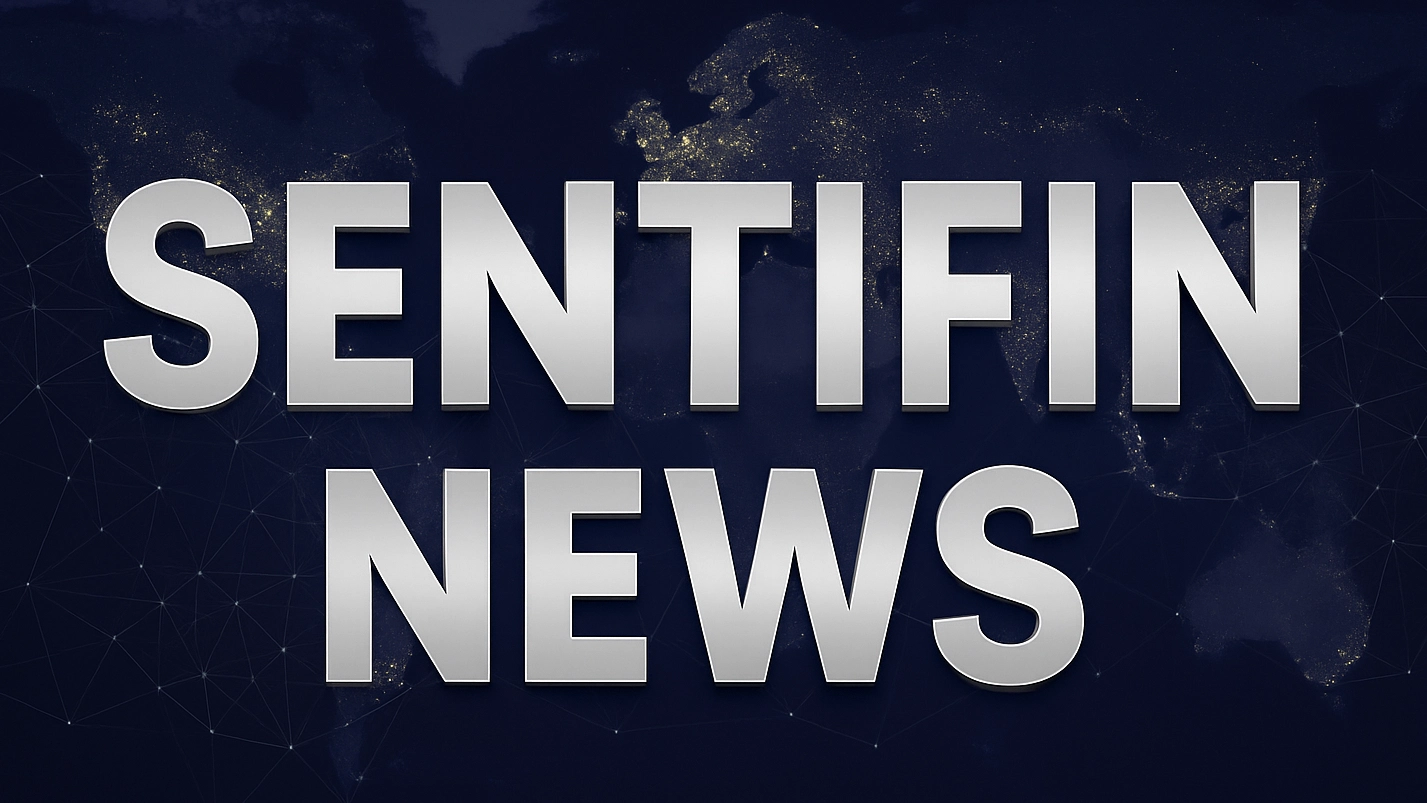Trump administration demands that states 'undo' full SNAP benefit payments

News Summary
The Trump administration's Department of Agriculture (USDA) issued a directive to states late Saturday evening, November 8, 2025, threatening financial penalties if they do not "undo" full Supplemental Nutrition Assistance Program (SNAP) benefit payments for November. The memo instructed states to distribute only 65% of SNAP benefits, claiming full payments were unauthorized. Non-compliance could result in the USDA canceling the federal share of administrative costs or holding states financially liable for "overissuances." This move adds to the chaos surrounding the anti-hunger program, which serves over 42 million Americans. It follows a federal judge's ruling on Thursday, ordering the Trump administration to pay full November SNAP benefits by Friday, rejecting partial funding amidst the U.S. government shutdown. The USDA had initially told states it would comply, leading some states to already issue full payments to recipients. However, the Supreme Court paused the judge's order on Friday, opening the door for the Trump administration to challenge the ruling.
Background
The U.S. government has been in a shutdown since October 1, 2025, due to Congress's failure to pass a spending bill. This fiscal impasse has left several federal programs, including the Supplemental Nutrition Assistance Program (SNAP), without appropriations. SNAP aims to provide food assistance to low-income individuals and families, with full monthly benefits costing approximately $8 billion. Historically, past administrations have continued to pay SNAP benefits during previous government shutdowns. However, the Trump administration had previously stated its unwillingness to use its $4.65 billion contingency fund to cover November's SNAP benefits. The Supreme Court's recent pause on a federal judge's order to pay full benefits provides a legal avenue for the administration to challenge the ruling, creating uncertainty for states regarding the lawful distribution of full benefits.
In-Depth AI Insights
What are the underlying drivers behind the Trump administration's aggressive stance on limiting SNAP benefits, despite legal challenges and potential public backlash? - This stance likely reflects the Trump administration's ongoing efforts to curb social welfare spending, aiming for a smaller government and reduced federal budget deficits, even amid a government shutdown. It could also be a political tactic to exert pressure for a spending bill agreement from Congress, particularly given disagreements with Democrats over the budget. - Limiting benefit disbursements may also be intended to signal "fiscal responsibility," despite its significant short-term social impact. This aligns with a long-standing emphasis on welfare reform and reducing dependency. What are the potential implications of the Supreme Court's decision to pause the federal judge's order for state governments, SNAP recipients, and the broader economy? - For state governments, this decision creates immense administrative chaos and legal risk. States are caught between conflicting federal directives and court orders, potentially facing the daunting task of "clawing back" already disbursed funds, which is logistically and politically challenging. This could strain state-level budgets and force them to seek alternative funding sources. - For SNAP recipients, the reduction in benefits will directly impact their ability to purchase food, likely exacerbating food insecurity, especially during a period of economic uncertainty. This could lead to a decline in consumer spending, negatively affecting retailers and the food industry. - From a broader economic perspective, reduced consumer spending could have ripple effects on local economies, particularly in low-income communities, further dampening economic growth. Given the Trump administration's actions and the ongoing government shutdown, how should investors assess the associated political risks and macroeconomic impacts? - Investors should view this as a sign of increasing political polarization and fiscal policy uncertainty in the U.S. The government shutdown and the threat of benefit cuts suggest that impasses over federal spending and the debt ceiling could become more frequent and contentious in the coming years. This may lead to increased market volatility and impact investor confidence. - Consumer staples sectors, particularly companies reliant on lower-income consumer spending, may face short-term revenue pressures. Food retailers and discount stores could be affected, while defensive sectors less sensitive to economic cycles might show relative resilience. - In the long term, such fiscal austerity measures, if sustained, could have deeper impacts on economic growth and consumer health, warranting close investor attention.